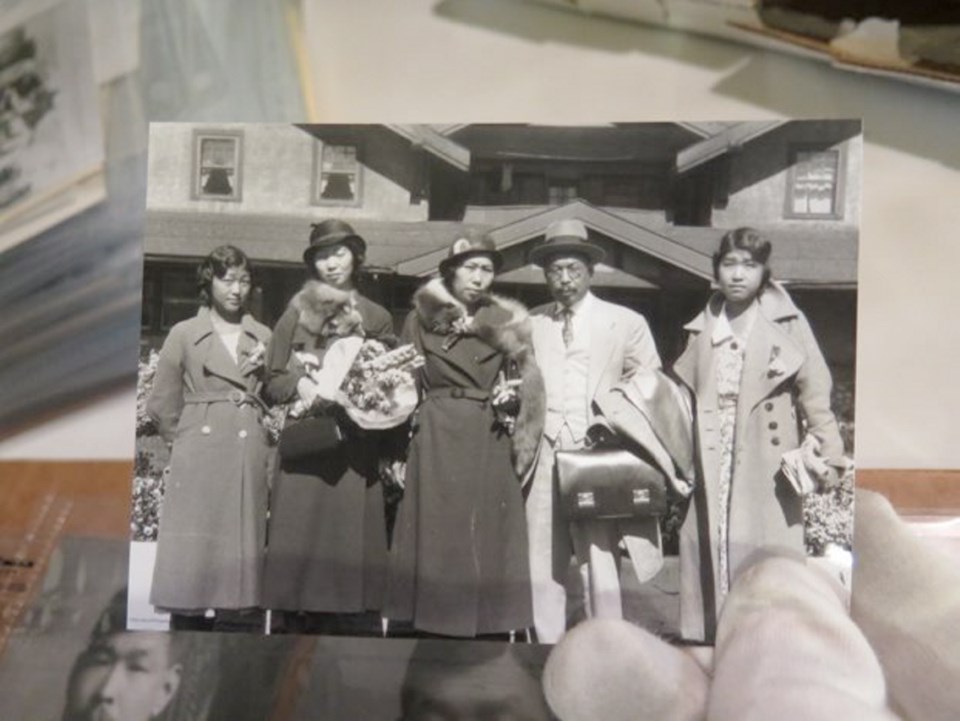He was an immigrant success, an entrepreneur in lumber and rail and founder of Fanny Bay Oysters. Eikichi Kagetsu was even invited to lunch at Buckingham Palace.
None of that mattered in 1943 when the Canadian government moved in and seized Kagetsu’s property — worth an estimated $8 million in today’s dollars — and sold it. After the Second World War, Kagetsu and his family were forced to resettle in Toronto. His children later moved to the U.S., where they became doctors.
Now, documents detailing the family’s history, compiled and kept by the youngest Kagetsu son at his home in North Carolina, have found their way back to B.C.
It’s part of a joint effort by various agencies — including the University of Victoria and the Nikkei National Museum and Cultural Centre in Burnaby — in Landscapes of Injustice, a seven-year, multimillion-dollar research project about the history of the dispossession of property of Japanese Canadians during the 1940s.
Jordan Stanger-Ross, a UVic associate professor of history and the project director, said Kagetsu’s story can serve as a cautionary tale. Kagetsu was caught up in a period of mass panic over national security and racism and resentment directed against Japanese Canadians in B.C.
“Engaging with our own history around these topics offers us important perspectives and, hopefully, gives us a sense of caution,” Stanger-Ross said.
The Kagetsu collection is now being inducted into the collection at the Nikkei centre in Burnaby, an institution devoted to the documenting, preservation and showcasing of the experience of Japanese Canadians.
Sherri Kajiwara, the centre’s director and curator, said the museum had its start about 20 years ago. Its collection actually began with the help of Simon Fraser University, which assisted with the recording of more than 300 first-person interviews.
Now, the Nikkei centre finds itself at a crucial junction. “We are now at a very sensitive period,” Kajiwara said. “The first generation [of Japanese immigrants] are now all gone and the second generation are now leaving.”
The first Japanese immigrants to Canada arrived in 1877, while those in the second generation are now in their 80s. The fear is that they will die before passing on the stories of their lives. That makes the acquisition of a collection like the Kagetsu papers a gem, Kajiwara said.
The collection includes Kagetsu’s diaries, a collection of books presented to Kagetsu by the Japanese Imperial Family, artwork and legal documents. It was all collected by Kagetsu’s son, who travelled across Canada visiting archives and libraries to put it together.
But Kagetsu was not just a victim. He built lumber companies and a short-track railway to service a holding on Vancouver Island. He even seeded Fanny Bay with oysters brought from Japan.
“It’s a very significant story of one man’s substantial contribution to Canada,” Kajiwara said. “And the whole story of its dispossession is not just limited to Kagetsu and his family. It’s a broad story, and it’s about human rights and social justice.”
The Nikkei National Museum will assist with the curating of the exhibit, which is to tour Canada in 2021.



